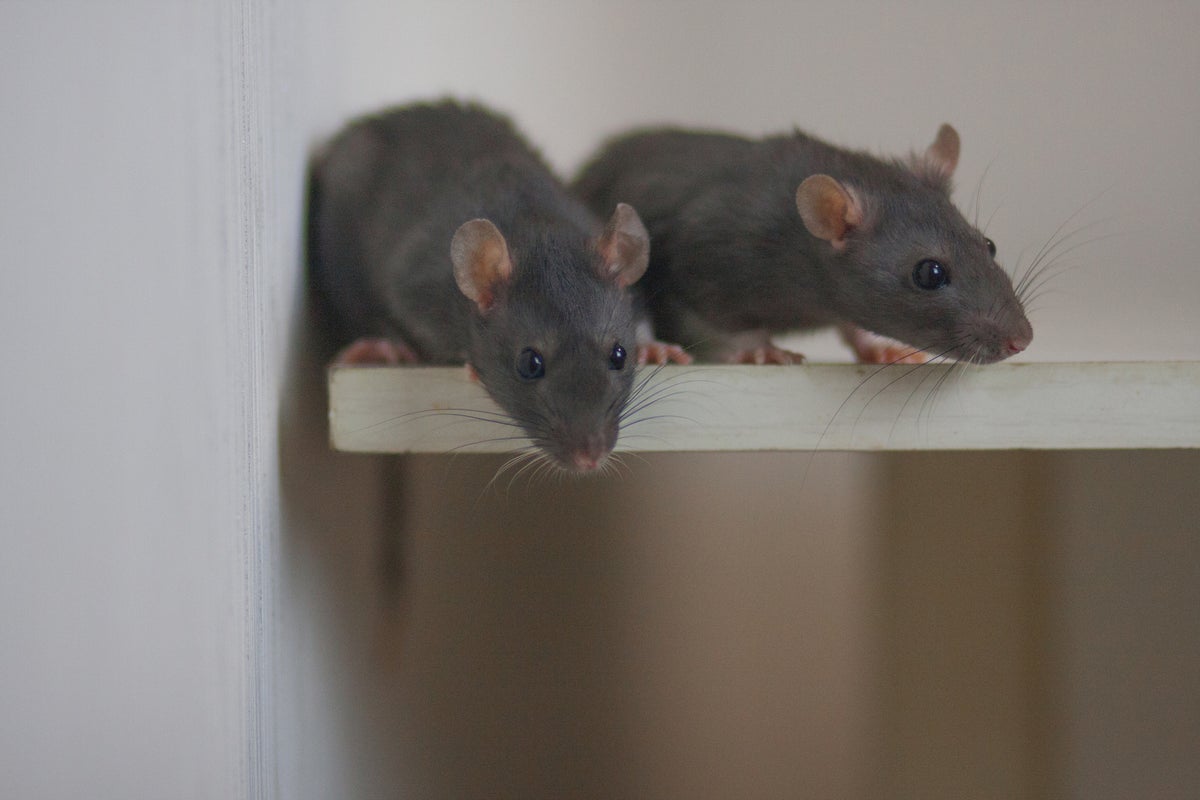
Scientists say they can read the minds of mice by looking at their faces.
The findings suggest that it is possible to understand brain function simply by looking at videos.
That could open up whole new ways of researching the brain and diagnosing its problems. But it might also present a whole new fear about “mental privacy”, they warn.
“To our surprise, we found that we can get as much information about what the mouse was ‘thinking’ as we could from recording the activity of dozens of neurons,” said author Zachary Mainen, a principal investigator at the Champalimaud Foundation in Portugal. “Having such easy access to the hidden contents of the mind could provide an important boost to brain research.
“However, it also highlights a need to start thinking about regulations to protect our mental privacy.”
The researchers used a puzzle in which mice had to work out which of two water spouts would provide them with sugar. The correct spout changed, which meant that the mice had to find strategies of guessing which one would be best.
They recorded the facial movement of the mice, as well as the activity of the neuron’s in their brains, and used machine learning to analyse them. They were surprised to find that the videos of the faces were just as reliable as the recordings of neurons in understanding what strategy the mice were using.
Scientists hope that it might offer a new way of understanding the brain without the invasive and intensive equipment required to scan it.
But they also note that, with so many video recordings and machine learning tools available, it might require us to think about the privacy of our thoughts.
“Our study shows that videos are not just records of behaviour — they can also provide a detailed window into brain activity. Even though this is exciting from a scientific perspective, it also raises questions about the need to safeguard our privacy,” said study author Alfonso Renart in a statement.
The work is published in a new paper, ‘Facial expressions in mice reveal latent cognitive variables and their neural correlates’, in the journal Nature Neuroscience.







